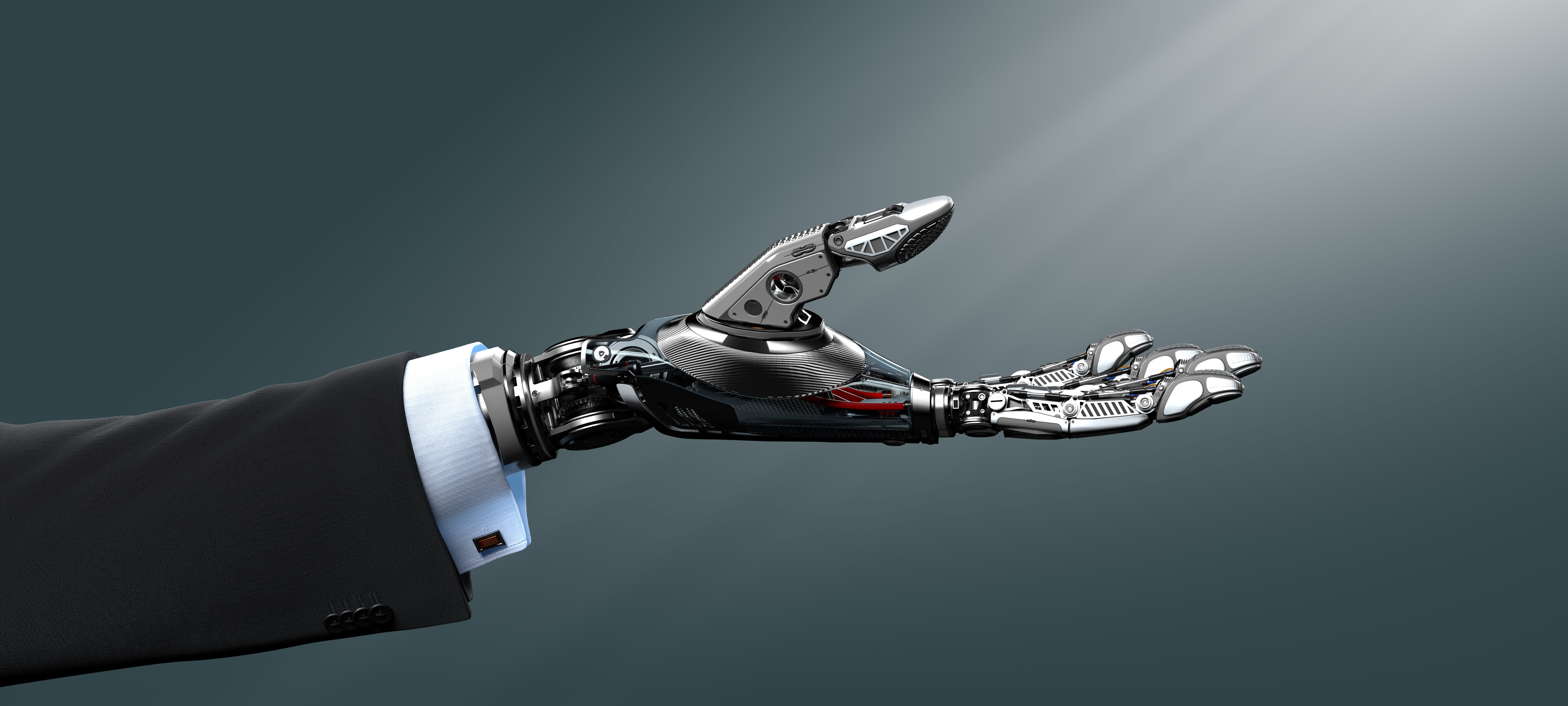
While just a few years ago, Robotic Process Automation (RPA) was only a buzzword, today it is one of the main catalysts in enterprises on their journey to digitalization. During the COVID-19 pandemic, RPA grew exponentially, and it will be no different in the post-pandemic world. What are the current major trends in RPA, and how can enterprises leverage them on the road to full digitalization?
Over the last two years, organizations have realized that if they want to be successful in the next decade, they cannot do without digital transformation. In the wake of the COVID-19 pandemic, companies around the world decided – often overnight – to adopt new technologies that would have otherwise taken them years to implement. This is one of the reasons why the RPA market is growing at double-digit rates. The market value is estimated to reach 13.4 billion dollars by 2030. The economic benefits expected as a result of using RPA software are also going to grow at a dizzying rate. Globally, they will jump from 7 billion dollars last year to 55 billion US dollars in 2025, according to UiPath.
“The primary goal of implementing RPA technology is to reduce the amount of time and effort employees need to perform time-consuming, repetitive, and often unnecessarily tedious tasks.The change will minimize errors, save money, and free up staff capacity to focus on other things,” says Viktória Lukáčová Bracjunová, Head of Robotics and Automation at Soitron.
RPA is a results-oriented technology that is blended with IT in various ways. It is now entering its next phase, whereby IT leaders and RPA integrators are focusing on further refining the technology to deliver even better results.
While some hesitant organizations are only considering some limited form of RPA implementation, an emerging trend can be seen in its transformation to cognitive automation. The future of RPA lies in large-scale integrated deployment. It is no wonder then that RPA software vendors are expanding their ecosystems. In the past, the largest RPA software implementers included banks, insurance companies, utilities, and telecommunications companies. Today, implementations are also taking place in small and medium-sized enterprises.
“For many organizations, it is difficult to interconnect various parts of their accounting and HR systems, and that is why they rely on RPA solutions to automate existing manual processes and the functionalities of their legacy systems,” says Lukáčová Bracjunová.
1. Competence-based RPA centers
With the gradual automation of business processes that are part of different systems (such as HR, IT, and customer service), companies are tending to move towards migrating their RPA functions to a single competence centre (RPA CoE). This will help them manage the potential fragmentation of RPA from a single location. The RPA CoE helps set the RPA strategy for an entire organization alongside scaling, standardizing, and customizing current and new RPA solutions.
2. RPA outsourcing
Due to concerns about higher upfront investments (starting from 500,000 Czech crowns per bot) and a lack of experience with RPA implementation, which could make the entire solution unexpectedly costly, enterprises are turning to managed service providers (MSPs), which offer RPA as an outsourced service. MSPs can implement RPA in a short time without the need to implement a complex RPA infrastructure or train any personnel.
3. Cognitive RPA
Intelligent RPA (or cognitive RPA) complements technology with artificial intelligence and machine learning capabilities, such as natural language processing (NLP), optical character recognition (OCR), and deep learning. Cognitive RPA enables businesses to automate repetitive, rule-based tasks and deliver predictions and forecasts based on structured and unstructured data. According to some reports, RPA and intelligent process automation spending will reach over 35 billion dollars in 2023.
According to a recent Deloitte report, companies expect intelligent RPA to bring them productivity gains, cost reductions, improved accuracy, and better customer experiences. Wherever cognitive RPA has already been implemented, it has exceeded expectations by 16% to 26%.

4. Connecting to various technologies
The rise of various customer-oriented technologies allows companies running RPA to use complex automation tasks. For example, by linking an RPA robot with a customer-serving chatbot, data can be extracted from human speech or text and relevant tasks can be automated without requiring any intervention by an employee.
Moreover, RPA bots can be configured to understand and process employee requests (such as retrieving data and initiating workflows) without requiring direct user interaction with the user environment.
5. RPA for enhanced security
Due to the increased occurrence of cyberattacks, companies are forced to spend more on securing their systems against data leaks, ransomware, and other cyberthreats. RPA technology can be one of the enablers to automate cybersecurity measures because it eliminates the need for human interference in privileged data processing and it can monitor and alert on possible cyberattacks.
It is important to note, however, that RPA poses a certain cyber threat as well. If a company’s IT infrastructure is attacked, this technology can be controlled, and RPA bots can be exploited. That is why it is important to follow well-established RPA implementation procedures to achieve the best results and eliminate potential cyberthreats as much as possible.
We are in the process of finalizing. If you want to be redirected to our old version of web site, please click here.